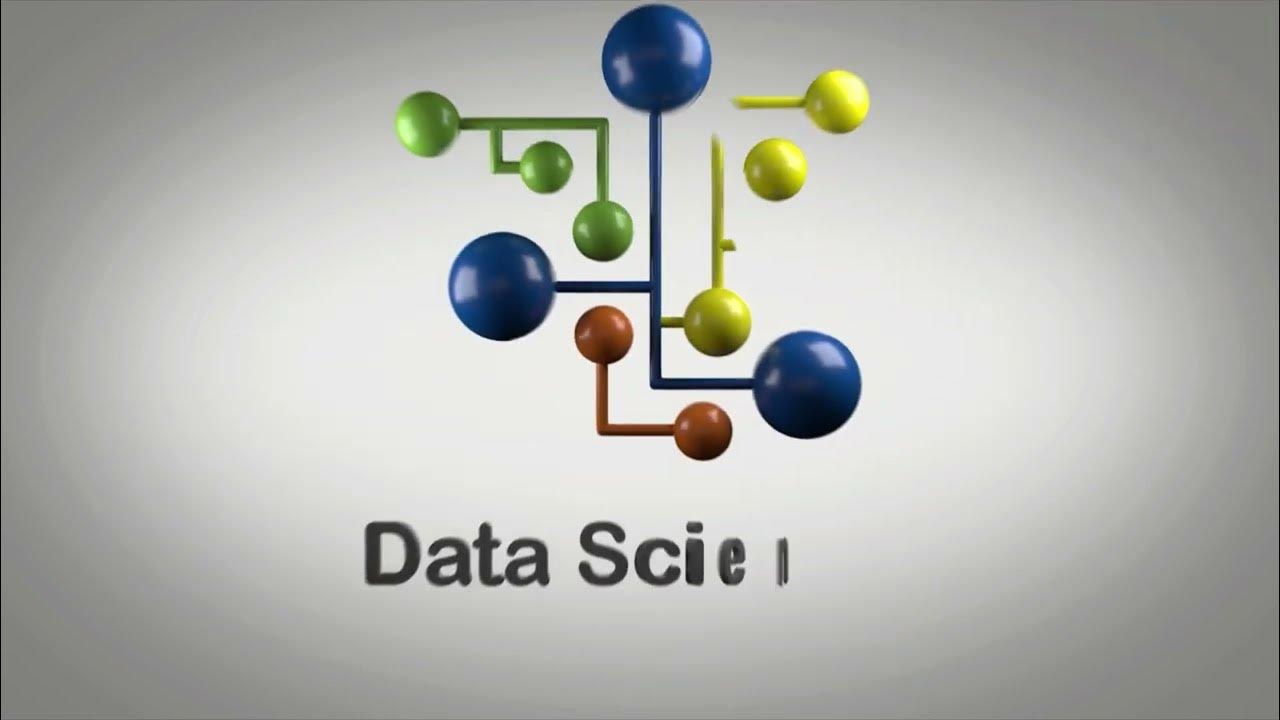Types of Charts Used in Technical Analysis
Summary
TLDRThis lesson introduces key chart types used in technical analysis, including line, bar, candlestick, and point-and-figure charts. Each chart type provides unique insights into stock price movements. Line charts offer simplicity by connecting daily closing prices, while bar charts give detailed information on opening, closing, high, and low prices, as well as volatility. Candlestick charts, originating from Japan, allow for easy visualization of stock price trends. Point-and-figure charts, using X's and O's to track price changes without time or volume, highlight significant price levels and trend reversals.
Takeaways
- 🏀 **Charts are Essential**: Charts are fundamental in technical analysis, much like a basketball in a game.
- 📈 **Line Charts**: Line charts connect closing prices of each trading day with a line, showing trends over time.
- 📊 **Bar Charts**: Bar charts offer more detail, showing the highest, lowest, opening, and closing prices, and reflecting volatility.
- 🕊️ **Candlestick Charts**: Originating in Japan, these charts are user-friendly for spotting trends and volatility with their 'candle' bodies and 'wick' lines.
- 📋 **Point and Figure Charts**: These charts use X's and O's to represent price movements without considering time or volume, focusing on price changes.
- 🔢 **Volatility Indication**: The height of bars in bar charts and candlesticks indicates the volatility of stock prices during a trading day.
- 📉 **Market Recovery**: The script mentions the S&P 500's recovery in the second half of 2018 and early 2019 after a drop due to global political uncertainty.
- 🌐 **Global Influence**: Global political events can significantly impact stock market trends, as seen with the S&P 500 in 2018.
- 📝 **Chart Construction**: Point and figure charts are constructed based on box-size and reversal size, focusing on price movements rather than time.
- 📊 **Bar vs. Candlestick**: While both bar and candlestick charts show similar information, candlestick charts are often easier to read and analyze.
- 📈 **Trend Analysis**: Point and figure charts are particularly useful for identifying potential trend changes and common trading price levels.
Q & A
What is the primary purpose of the lesson described in the transcript?
-The primary purpose of the lesson is to introduce the most common types of charts used by technical analysts in financial markets.
What is a line chart and how does it represent stock price data?
-A line chart is a type of chart that connects the closing price of each trading day with a line, making it straightforward to read and observe trends over time.
How does the S&P 500's performance from 2015 to 2019 illustrate the usefulness of a line chart?
-The S&P 500's performance from 2015 to 2019, as shown in the line chart, illustrates sideways movement, a steady increase, a drop due to global political uncertainty, and a recovery in the second half of 2018 and early 2019, demonstrating the chart's ability to show price trends over time.
What additional information does a bar chart provide compared to a line chart?
-A bar chart provides the highest and lowest price of a stock within a trading day, the opening and closing prices, and an indication of the volatility during the trading day, which is more information-rich than a line chart.
How are the opening and closing prices represented on a bar chart?
-The opening and closing prices on a bar chart are represented by tiny lines sticking out on each side of the vertical bar, with the left side indicating the opening price and the right side indicating the closing price.
What is the significance of the length of the bar in a bar chart?
-The length of the bar in a bar chart represents the volatility in the stock's price movement during the trading day; a shorter bar indicates lower volatility, while a longer bar indicates higher volatility.
How does a candlestick chart differ from a bar chart and what is its origin?
-A candlestick chart, which originated in Japan centuries ago, differs from a bar chart by providing a rectangular body called the candle to represent the opening and closing prices and wicks to signify the high and low prices. It is easier to read and allows for quicker analysis of price movements.
What does the shading of the candle in a candlestick chart indicate?
-In a candlestick chart, an unshaded (white) candle indicates that the security closed higher than its opening price, while a shaded (black) candle indicates that it closed lower.
What is unique about the construction of a Point and Figure chart?
-Point and Figure charts are constructed differently by using columns of alternating X’s and O’s on a grid to represent a security’s price advancement or retracement, with no representation of time or volume.
How does the box-size and reversal size affect the construction of a Point and Figure chart?
-The box-size in a Point and Figure chart refers to the amount of price change represented by the height of each box, while the reversal size determines when to create a new column. These factors affect how price movements are visualized and analyzed on the chart.
What advantage does the Point and Figure chart offer in technical analysis?
-The Point and Figure chart offers the advantage of clearly illustrating price levels that may signal a change in a stock’s price trend and showing the price levels at which securities most often trade.
Outlines

このセクションは有料ユーザー限定です。 アクセスするには、アップグレードをお願いします。
今すぐアップグレードMindmap

このセクションは有料ユーザー限定です。 アクセスするには、アップグレードをお願いします。
今すぐアップグレードKeywords

このセクションは有料ユーザー限定です。 アクセスするには、アップグレードをお願いします。
今すぐアップグレードHighlights

このセクションは有料ユーザー限定です。 アクセスするには、アップグレードをお願いします。
今すぐアップグレードTranscripts

このセクションは有料ユーザー限定です。 アクセスするには、アップグレードをお願いします。
今すぐアップグレード関連動画をさらに表示

Jenis-jenis Chart Saham untuk Trading | feat. Michael Yeoh

How to talk about charts and graphs in English (advanced English lessons)

Technical Analysis For Beginners: Candlestick Trading Guide!

O Que é e Como Criar Gráfico de Barras com Matplotlib em Python?

How to pick the "perfect" chart for your situation in Power BI?

Control Charts simply explained - Statistical process control - Xbar-R Chart, I-MR Chart,...
5.0 / 5 (0 votes)
